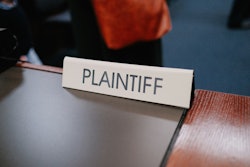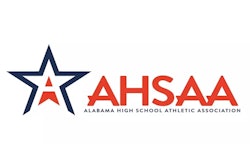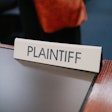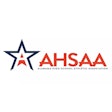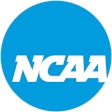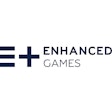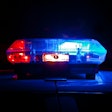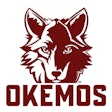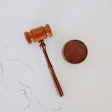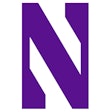Copyright 2017 Star Tribune
All Rights Reserved
Star Tribune (Minneapolis, MN)
Phrases like "declaring early" and "hiring an agent" are plastered all over basketball news briefs and social media these days.
Is he staying in school, or is he going pro?
College basketball teams and fan bases across the country are waiting for answers about the future of top players and their entry — or not — into the NBA draft.
Over the past week, Big Ten teams had 12 players declare early, but only Indiana's OG Anunoby and Maryland's Melo Trimble hired agents, which voids their amateur status.
The other 10 early entrants can take advantage of a new rule passed before last season that allows underclassmen to fully experience the pre-draft process before making a binding decision. That means working out for NBA teams, competing in the draft combine if invited and still being eligible to return to college, as long as the player doesn't hire an agent.
In January 2016, the NCAA extended the deadline for non-seniors to remove their names from the draft. Players this spring have until May 24 to decide. The previous deadline was less than two weeks removed from the college season.
"Until last year they had to make a decision in April - and that was ridiculous," ESPN analyst Fran Fraschilla said. "There are fewer casualties this way."
There were more than 100 players on the NBA's early-entry list as of Monday. Some talented underclassmen, such as the Gophers' Amir Coffey, declined to use the pre-draft process, preferring more time to develop on campus instead.
Coffey said he was excited to see fellow All-Big Ten freshman Miles Bridges announce last week he was returning to Michigan State, now a projected top-five team in 2017-18.
"Everybody wants to make it to the NBA in the end," Coffey said. "But just to see guys coming back after one year and trying to get better or work on their craft is pretty cool — guys like myself and Miles."
A year from now, Coffey and Bridges might be candidates to test the process, which includes a first step of requesting feedback from the NBA Undergraduate Advisory Committee.
That committee, formed 20 years ago, consists of NBA personnel who give players information on where they could be drafted, if at all. The deadline to apply for that committee process was Friday, and no Gophers applied, according to the team.
The next deadline in the process is Sunday, when underclassmen must declare for the early-entry list. Two days later, NBA teams can begin workouts with those players. On May 9, the six-day draft combine will be held in Chicago, and players have the 10 days following the combine to take their names out of the draft pool.
Former Timberwolves General Manager Milt Newton, a director at this year's combine, said he's a fan of the new rules.
"The process really helps college basketball," Newton said. "From an NBA standpoint, I don't think it helps or hurts either way. You already know for the most part if a guy is an NBA talent. So it just helps the player make an informed decision. It helps the player make a decision that is going to influence their life and career in a positive way. You have a lot of mock drafts out there that don't have merit."
Wisconsin's Frank Kaminsky, Oklahoma's Buddy Hield and Michigan State's Denzel Valentine are former All-Americas who listened to the committee's advice, went back to school and boosted their stock. So did Purdue's Caleb Swanigan, this season's Big Ten player of the year.
Swanigan and teammates Isaac Haas and Vincent Edwards are on the early-entry list this year. Indiana has four on that list, and Michigan big men D.J. Wilson and Moritz Wagner are also early entries — for now. The decisions of that group over the next few weeks will shape the Big Ten landscape this fall.
"The experience of a team telling you what you need to work on for the future is very helpful," Fraschilla said. "[College] coaches might be concerned about the continuity of their rosters: who might be coming and who might be going. But to me, that's a small price in exchange for a kid getting a proper read on his potential NBA career."
Former center Ralph Sampson III is the last Gophers player to declare early, in 2011, but he then decided to return for his senior season. The last Gophers player to declare early and stay in the draft was Kris Humphries in 2004 (drafted 14th by Utah). Trevor Mbakwe and Rodney Williams Jr., who were seniors on the 2013 NCAA tournament team, both got feedback from the advisory committee before coming back to help make that run.
Newton, who was on the committee for several years, said players get feedback from about "one-third of the league."
"Some players don't want to hear the real truth," he added. "If they're seeing in the mock draft that they're going to get drafted in the first round, they don't want to hear that NBA people say they'll go in the second round. Some players will take a chance on getting drafted, but I think the more information a player and their parents - or whoever is leading them - can receive, the better."
Read More of Today's AB Headlines
Subscribe to Our Daily E-Newsletter
Terms and Conditions Privacy Policy

















